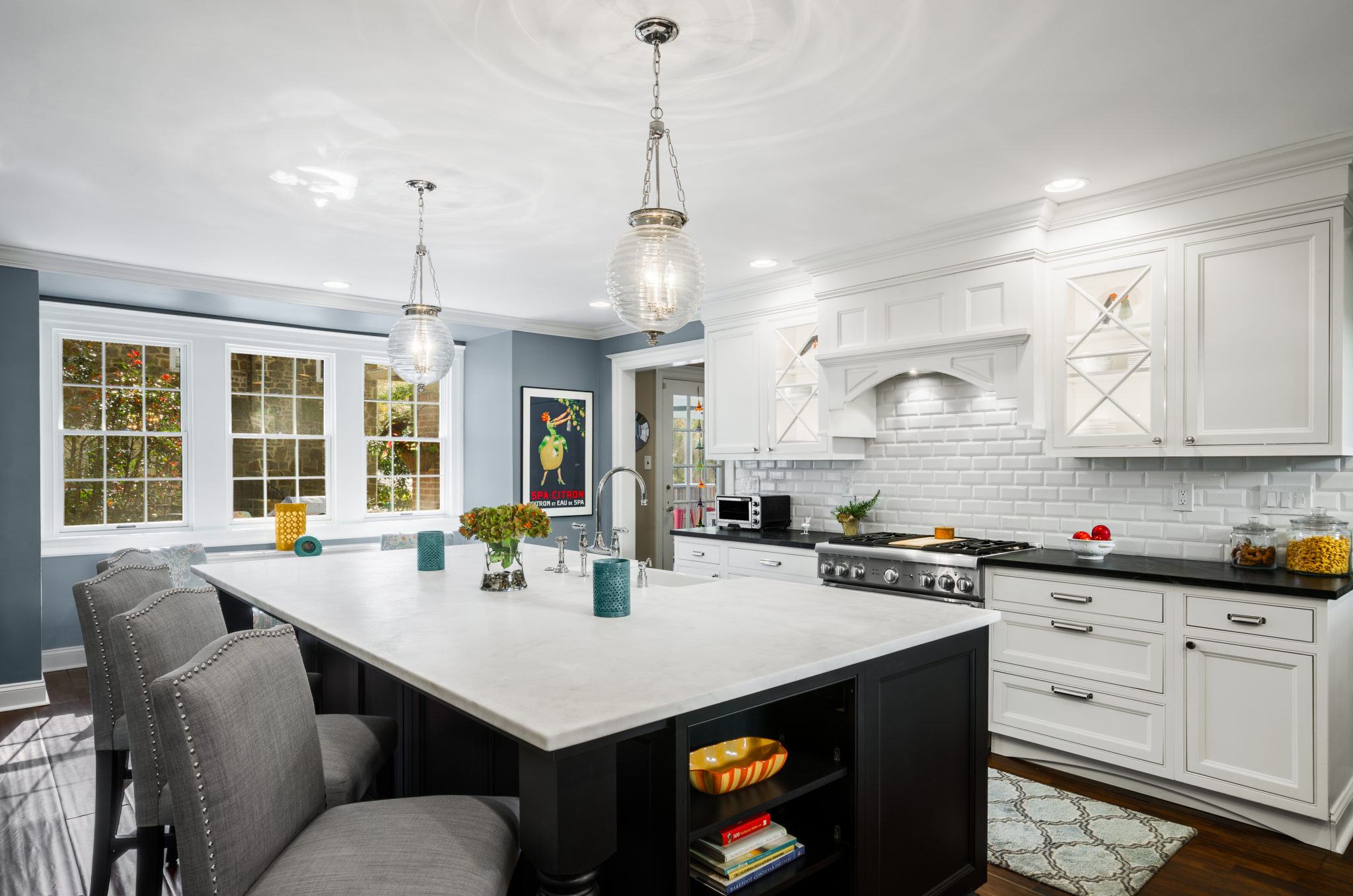Below is a reprint of the designer profile of Paul that appeared in House and Home Magazine in October.

What are your qualifications as a designer and what drew you to becoming a designer as opposed to any other profession?
As an engineering student at the University of Pennsylvania, I never imagined I’d end up being a kitchen designer. As it turns out, the problem-solving techniques and the math and computer skills used in engineering, have all proved essential to being a kitchen designer and running a company that uses the internet as its primary source for connecting with our non-referral customers.
When I was in college, I also launched a small construction company that I managed for 10 years. I draw on the general contracting, drafting and hands-on experience I developed from this business daily. Kitchen design is something that I love and have worked at exclusively for more than 20 years.
.
What is the process in uncovering your clients’ needs when designing their project?
Almost all of our customers come to us believing that they know the floor plan and even the door style and color of the cabinetry that they would prefer. Sometimes they have even selected all their appliances. The easiest thing for any kitchen designer to do is simply to make these customers’ dreams a reality. While that is the easiest, it is far from the best.
At Main Line Kitchen Design, we tell our customers that we aren’t doing our job if we’re not shocking, or at least surprising them with alternative designs and materials. We simply wouldn’t be good at what we do if our many years of experience didn’t translate into a better kitchen at a better price than our customers could come up with on their own.
.
How important is the topic of a budget prior to beginning the design process?
Prior to beginning the design all we need is a ballpark range our customers are considering investing. We can also usually give potential customers an initial estimate of a projects’ cost once they provide some general information during our first phone conversation.
After we measure the kitchen and complete preliminary designs, project cost is completely determined by each customer’s selection of cabinet line and door style, type and color countertop, appliances, flooring, etc. Customers determine their own budget with their selections. Surprisingly the design itself, construction, and the quality of the cabinetry have much less impact on the cost of a kitchen than the styles, materials, and brands that customers select.
.
How long does it typically take to create a client’s design and what opportunities are there for tweaking?
After we measure a kitchen, the preliminary designs can be done in a few days to a week. While the first design we present is generally the design that we think works best for the space, kitchens ultimately involve numerous trade-offs between design, style, materials and function. As every kitchen we design is for our customer and not for us, what they decide on can be very different from our initial design. However, starting with what works in the space best is the most sensible place to begin the design process. Customers generally have three to five meetings over several weeks. During these two-hour meetings, we continue to make changes to the initial design. As the design changes it becomes more obvious to our customers what they lose when we make the tradeoffs they ask for and why they might want to consider some of the trade offs we initially presented.
.
What makes you unique from other designers in your industry and what
can a customer experience by working directly with you?
I, and every designer I bring on board, are determined advocates for our customers’ kitchens. My team and I are very passionate about what ideas work and which don’t. My wife often describes the intensity with which I work by telling people that I fall asleep in the middle of a sentence about a kitchen and wake up finishing it. Customers can always count on me and my team to design in their style preference. They can also count on us to emphasize pleasing aesthetics and effective function. Many of my customers will tell you that, at some point in the process, they didn’t like me because I wasn’t immediately giving them the design that they initially wanted. In the end, those same customers will tell you they ended up with better kitchen value and design than they ever expected.
